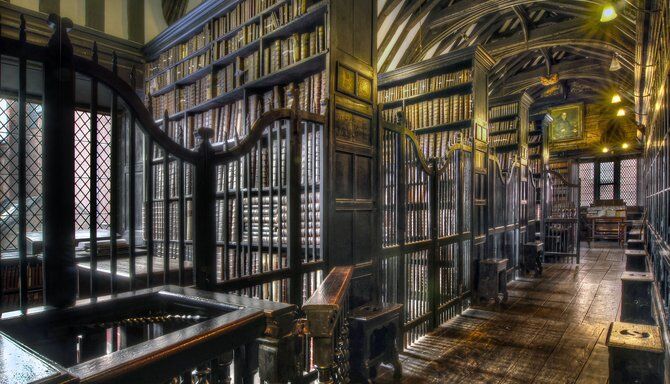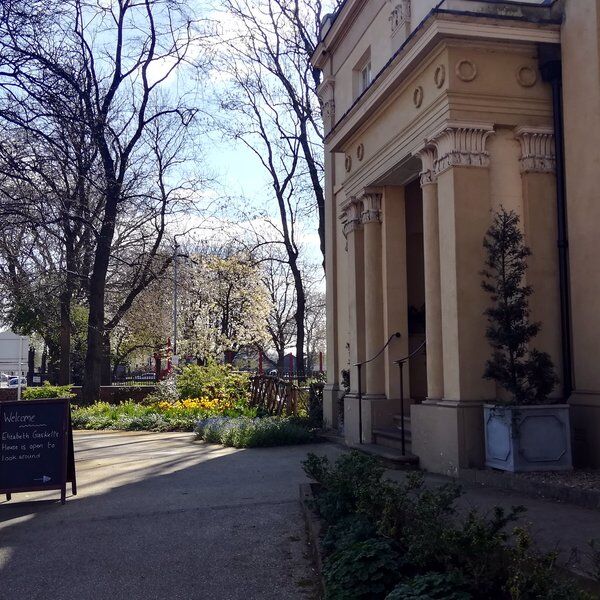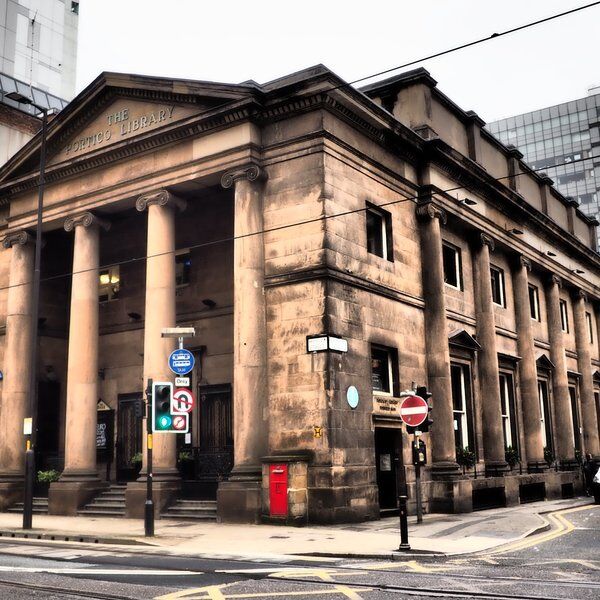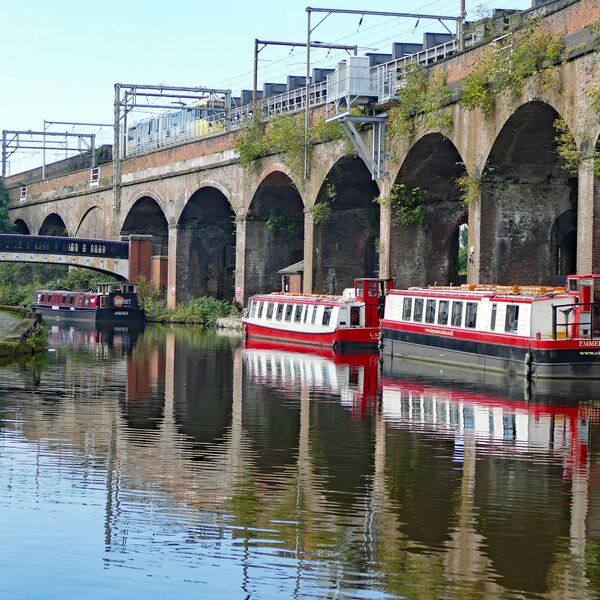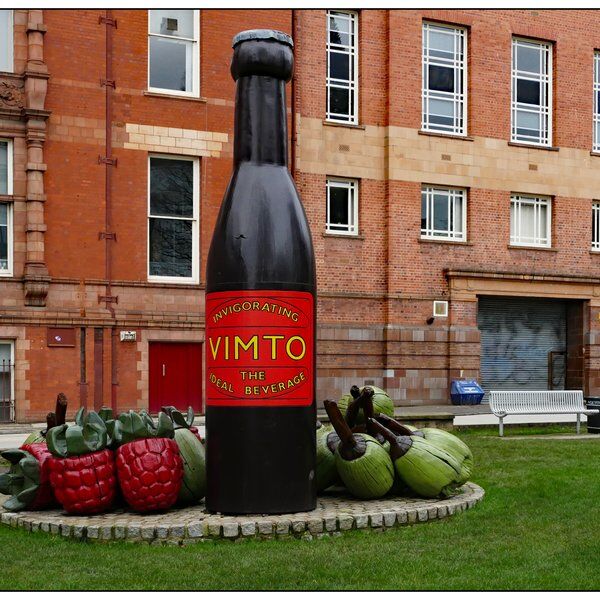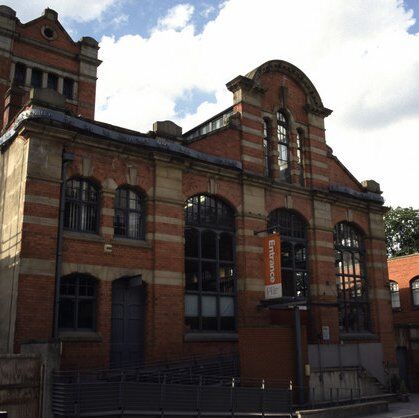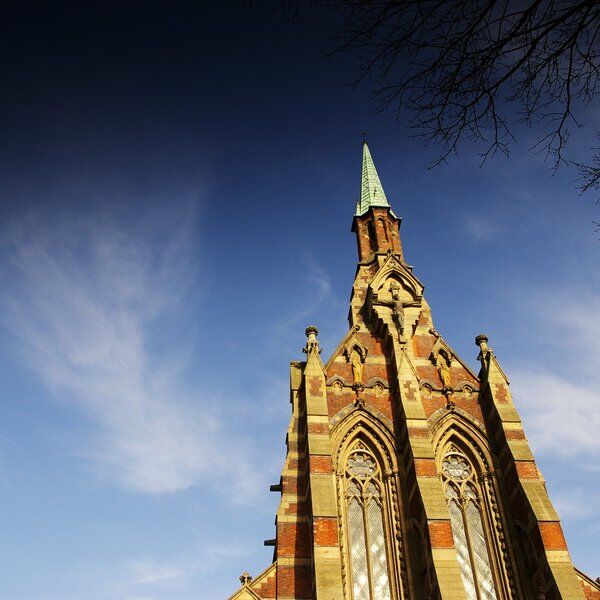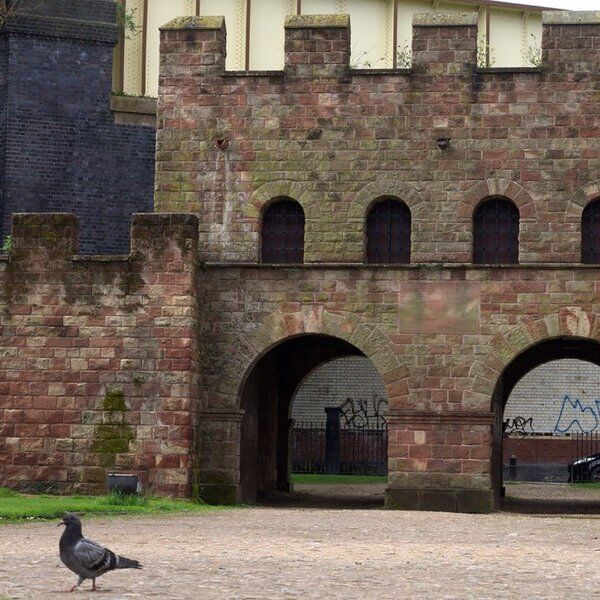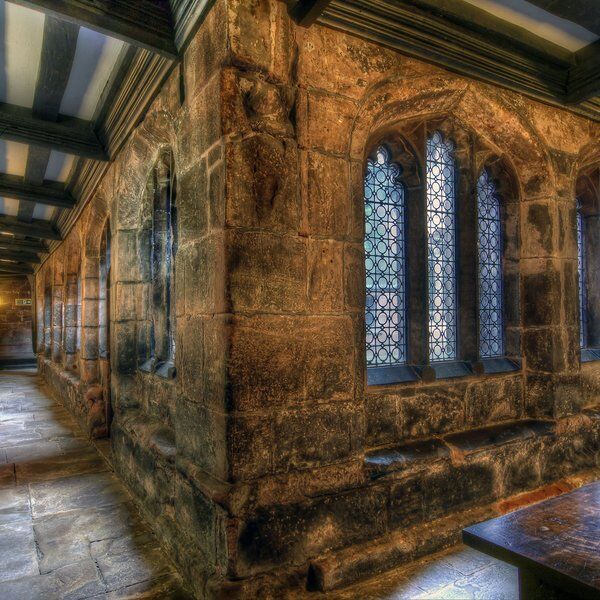
Before Chetham's Library
In 1421 a manor house in the heart of medieval Manchester was donated to a newly founded collegiate church. A grammar school was added to the church buildings between 1515-18 but during the English Reformation (in 1547) the church was dissolved. It was later re-established by the catholic Mary I and again disbanded by her protestant sister, Elizabeth I. It was refounded in 1578 and during the English Civil War was used as a prison and an arsenal.
Chetham's Library is Established
In 1653 the buildings were bought on bequest of recently deceased merchant Humphrey Chetham for use as a free library for sons of 'honest, industrious and painful parents'. Chetham's will set aside money for the gathering of a collection of books to rival that of Oxford and Cambridge. Over the years this has amounted to 100,000 printed works, 60,000 of which pre-date 1851, and 1,000 manuscripts, including 41 medieval texts.
The library was established on the first floor of the building to protect the books from rising damp, and the books were chained to the bookshelves, within reach of nearby seating, to keep them safe from thieves.
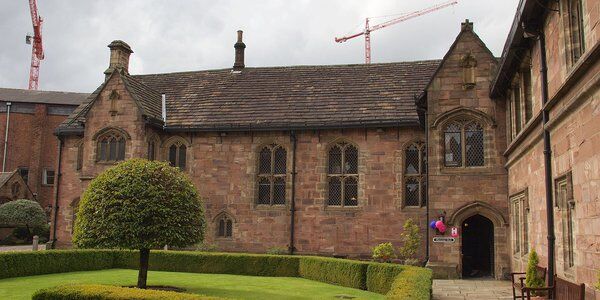
John Byrom and Chetham's Library
In 1718 local poet and inventor of shorthand, John Byrom was offered the post of library keeper. He declined but became a frequent advocate and agent of the library, regularly purchasing books for its collection from London auctions. Today a section of the library is named in his honour ('Byrom's Library').
Marx and Engels at Chetham's Library
The library briefly became the meeting point of Karl Marx and Friedrich Engels in the summer of 1845, at a pivotal point in both men's careers. It was here they researched, discussed and wrote part of what was to become The Communist Manifesto. Facisimiles of the economics books they read can be viewed today on a table in the window alcove where they used to meet.
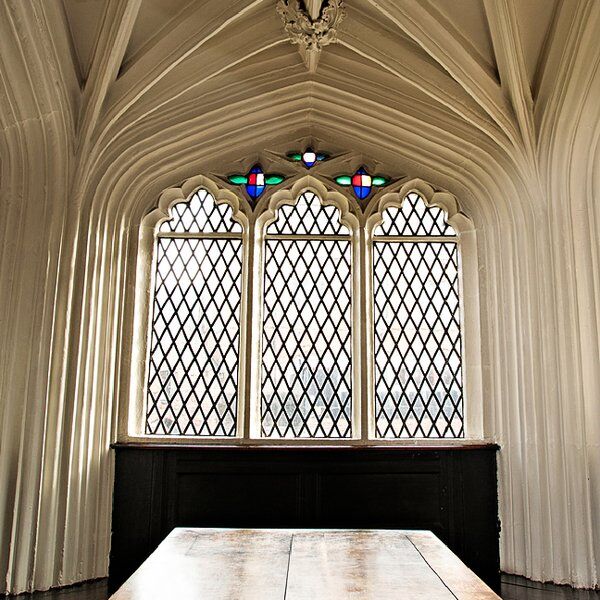
Chetham's Library Into The Modern Day
Since the addition of exterior gates in the mid-18th century, the practice of chaining the books to their shelves has been abandoned and several additions and alterations to the original buildings made. Nonetheless, it remains one of the most complete medieval complexes in the UK today. It is grade one listed and can be visited by appointment only. Ticket prices range from £6.50 to £12 (+ an additional booking fee), although children under 10 visit for free with an adult ticket.
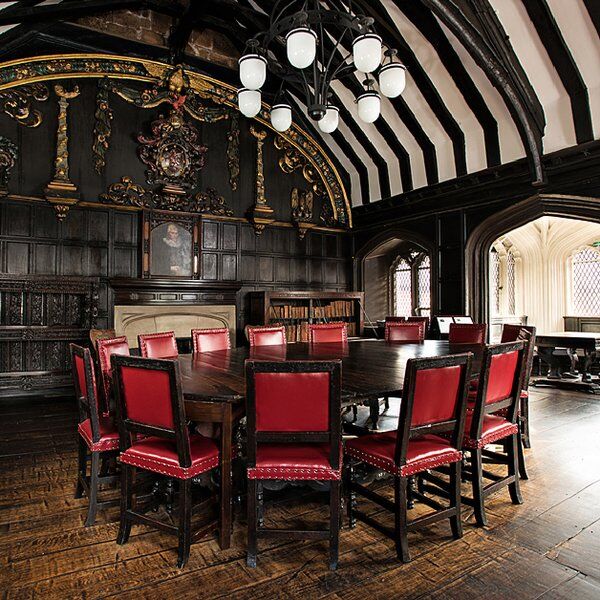
Interested in finding more places like this? Try one of our Secret City Manchester Treasure Hunts - untangle cryptic clues as a team, as you are taken on a journey to the most unique, unusual and bizarre corners of Manchester.
